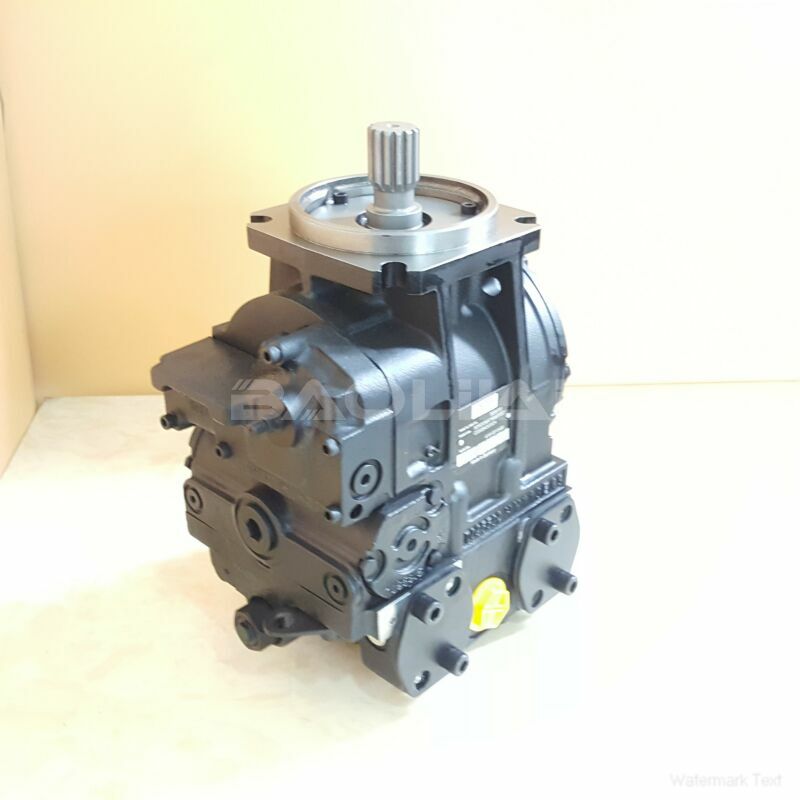90L100KA5NN80P3C7F03GBA323224 hydraulic pump
90L100KA5NN80P3C7F03GBA323224 hydraulic pump

- Product Details
- Applicable Scene
In the food processing industry, maintaining product quality and safety is paramount. One critical component that plays a significant role in high-pressure food processing systems is the plunger pump. These pumps are designed to handle high viscosity fluids and operate efficiently under extreme pressure conditions, making them ideal for various applications in food manufacturing.
90L100-KA-5-NN-80-P-3-C7-F-03-GBA-32-32-24
90L100KA5NN80P3C7F03GBA323224
Plunger pumps work on a straightforward principle. They use a reciprocating piston, known as the plunger, to create pressure within a sealed chamber. As the plunger moves back, it draws in fluid from the supply line, and when it moves forward, it forces the fluid out under high pressure. This mechanism allows for precise control over the flow rate, making plunger pumps versatile for different food processing applications.

80000533
In high-pressure food processing, such as pasteurization, homogenization, and extrusion, plunger pumps are essential. For instance, in pasteurization, the ability to maintain consistent pressure ensures that food products are heated uniformly, killing harmful bacteria while preserving flavor and nutritional quality. The high-pressure environment also allows for shorter processing times, which is beneficial for maintaining product freshness.
Another application of plunger pumps is in the production of emulsions and sauces. These products often require a consistent and stable mix of oil and water, which can be challenging to achieve without adequate pressure. Plunger pumps facilitate the continuous circulation of ingredients, ensuring a thorough emulsification process. This results in a smooth and homogenous final product that meets consumer expectations.
Moreover, plunger pumps are highly efficient in handling viscous food products, such as tomato paste or peanut butter. Their robust design allows them to pump dense materials without compromising performance. This is crucial in maintaining a steady production rate and minimizing downtime due to pump malfunctions.





